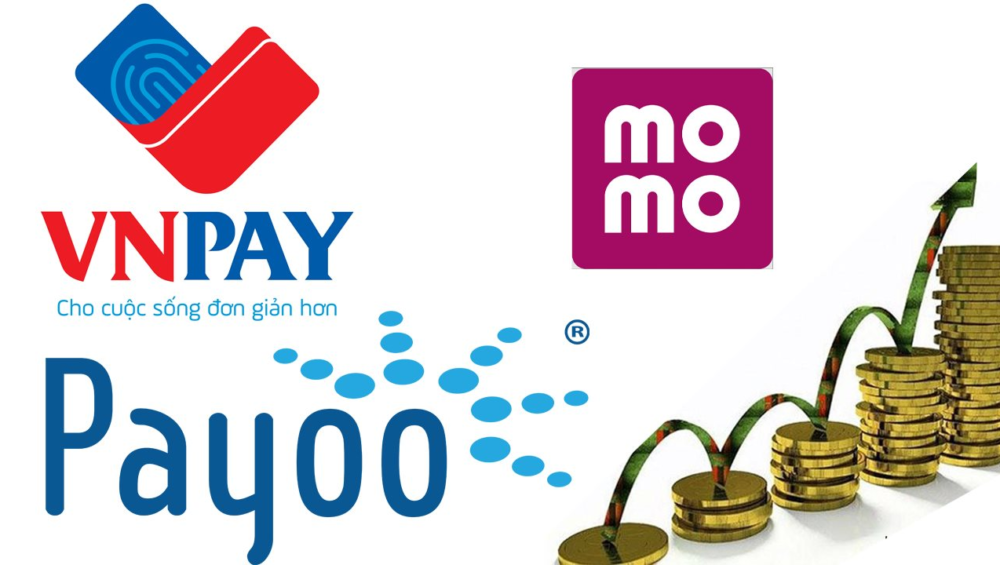In recent years, electronic payment methods in Vietnam have been rapidly growing. The convenience, speed, and safety provided by modern payment methods have led many international travelers to wonder: Does using travel cards and e-wallets actually help save money when exploring this S-shaped country? The article below will provide an overview and a detailed analysis of the benefits, costs, and considerations when using cashless payment methods during your journey in Vietnam.
The Growth Trend of Electronic Payments in Vietnam
According to a report from the State Bank of Vietnam, in 2022, the number of transactions through e-wallets increased by 170%, reflecting the boom in the use of digital payments. The widespread availability of smartphones, the expanding internet coverage, and the government’s encouraging policies have all contributed to this shift. Especially, the COVID-19 pandemic led people and travelers to change their habits, prioritizing contactless payment solutions for safety.
Today, in major tourist cities like Hanoi, Ho Chi Minh City, Da Nang, Ha Long, or Phu Quoc, international credit cards such as Visa, Mastercard, and UnionPay are widely accepted at restaurants, hotels, shopping malls, and major tourist attractions. At the same time, domestic e-wallets such as MoMo, ZaloPay, and VNPay have quickly become popular choices with an ever-expanding network and attractive offers.
Popular Travel Cards and E-Wallets
In Vietnam, international visitors can choose from the following types of cards and e-wallets for convenience in spending:
Travel Cards:
- International credit cards (Visa, Mastercard, JCB): Easy to use, widely accepted at many locations. Some banks in Vietnam even issue special travel cards with cashback, reward points, no foreign currency conversion fees, and travel insurance.
- Domestic ATM cards with international links: Allow cash withdrawals or payments at POS systems supporting Visa/Master.
- Prepaid travel cards: Limit the risk of losing money and provide better spending control.
- Loyalty program-integrated cards: Provide benefits when used at linked services like restaurants, hotels, airlines.
E-Wallets:
- MoMo: The most popular in Vietnam, with a wide acceptance network, offering many travel and dining promotions.
- ZaloPay: Integrated within the Zalo app, convenient for users already familiar with this ecosystem.
- VNPay: Strong in QR code systems, accepted at many traditional and modern payment counters.
Benefits of Using Travel Cards and E-Wallets
Saving on Transaction Costs:
- With e-wallets, travelers can enjoy discounts of 10-20% at restaurants, cafes, entertainment services, or admission tickets. Many apps also offer cashback when paying at partner systems.
- Travel credit cards often offer 1-5% cashback on transactions, especially when used for hotel bookings, flight tickets, or dining at tourist restaurants.
- Using cards helps avoid unfavorable exchange rates when exchanging cash at counters, which typically have a 3-5% difference depending on the location.
- Withdrawing cash from ATMs using international cards can cost 50,000 – 60,000 VND per transaction, plus 3% of the total amount, much higher than the cost of using e-wallets or swiping cards.
Safety and Convenience When Moving Around:
- Minimizes the risk of theft or pickpocketing—common occurrences at crowded places like Ben Thanh Market or Hoi An Ancient Town.
- All transactions are recorded on the app, making it easy to track spending and control your budget.
- E-wallets also support quick cost-sharing when traveling in groups, ideal for family or friends’ trips.
Support for International Tourists:
- The leading e-wallets offer English interfaces, making it easy for foreign travelers to use.
- Simple registration with a passport, and top-ups through international cards or cash at linked points.
- Modern security technologies like two-factor authentication, OTP codes, and biometric authentication help protect account information throughout the journey.
One user shared: “I saved nearly 15% of my expenses when traveling to Da Nang by using MoMo. From discounts on Ngũ Hành Sơn tickets, food promotions, to supermarket payments – all through the e-wallet app.”
Limitations to Keep in Mind
Although there are many advantages, using electronic payments in Vietnam still presents some challenges:
Connectivity Issues:
- Internet connections are good in major cities, but in mountainous areas like Ha Giang, Mai Chau, or remote islands like Con Dao, weak network signals can affect transactions.
- Travelers should prepare an eSIM or a tourist SIM in advance, as well as download banking apps and offline maps for use when there’s no connection.
Limited Coverage:
- Not all destinations accept electronic payments. Traditional markets, small inns, street food stalls, or local buses often only accept cash.
- Therefore, carrying some cash as a backup is necessary.
Language Barriers and Technical Support:
- Some staff at payment points or customer service centers for e-wallets may not be fluent in English.
- It is recommended that travelers install translation apps like Google Translate and save the international support hotline numbers from the wallet provider or bank.
How to Choose and Maximize the Use of E-Wallets While Traveling in Vietnam
To maximize the benefits of electronic payment methods, you should consider the following factors:
- Choose wallets with English interfaces and support for international customers like MoMo, GrabPay.
- Prioritize apps that can top up using international cards or through retail points.
- Research the ongoing promotions at your destination in advance.
- Combine e-wallets and credit cards to take advantage of offers from both.
Conclusion: Do Electronic Payments Really Help Save Money?
The answer is: Yes – but only if you use them correctly and choose the right tools. With the strong development of payment infrastructure in Vietnam, travel cards and e-wallets are becoming reliable companions for travelers. They not only help you manage finances efficiently but also offer many attractive deals to enhance your vacation experience. However, thorough preparation, understanding the characteristics of each local area, and flexibility in payments will be the key to maximizing savings when exploring the beauty of Vietnam.




